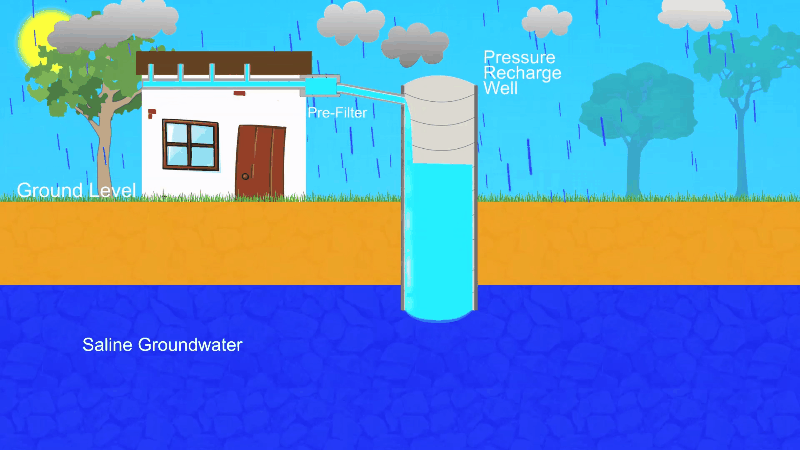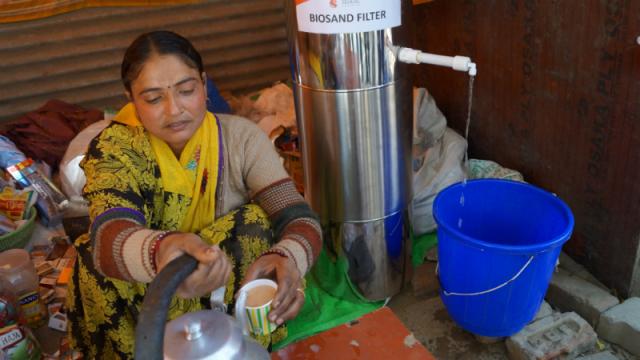With over 1.2 billion citizens, India is the second-most populated nation on Earth. Sixty-eight per cent of Indians live in rural areas that might not have clean drinking water. Since the world population will hit 7 billion by 2050, with many of those people living in developing countries, increased access to clean water is crucial. One Indian company’s engineered a well that could provide just that.
In India, a whopping 207,200 square kilometres of land is estimated to contain water that’s too salty to drink. Much of the groundwater there is brackish and has high salinity, and desalination resources aren’t available. That leaves that water completely useless for drinking, and largest ineffective for irrigation.
So civil engineers at the Sehgal Foundation, a 16-year-old Indian nonprofit, ginned up a clever well design that does a better job of gathering fresh rainwater that can be safely collected from wells used in rural areas.
In India, many communities use recharge wells: Concrete tubes in the ground designed to collect rainwater runoff from places like rooftops during monsoons. That water is pushed back into the ground in a process called “groundwater recharge.” In many nations, as the population increases, humans have started pumping too much water out of the ground. As a result, many of our aquifers — rocks underground saturated with usable water — are running dry. So recharge wells can help solve this by “recharging” the underground water supply.
The problem is, once collected in some of these recharge wells, that rainwater floats atop that salty groundwater that many Indian states have to deal with, since the rainwater is lighter. This makes it impossible to extract the fresh water without mixing it with salt water, too.
So the team at Sehgal had to redesign recharge wells. They basically stretched it out in both directions, like it was putty: The part above ground became taller, and the part underground extended deeper into the earth. This new shape increases the hydrostatic pressure within the well. So, when the pressurised water is collected, it pierces through the saline groundwater underneath and actually forms a “bubble” of freshwater within the saline water. The pressure exerted from the surrounding salty water keeps that pocket of drinkable water intact.

Next, freshwater from within that freshwater pocket is pumped to the surface with a hand pump, and then run through a filter that rids the water of any contaminants. Voila: Safe, usable water.
The Sehgal Foundation was one of 14 companies and startups that the United Nations selected from a contest of 800 global entries to address the UN’s 17 Sustainable Development Goals. The organisation presented its alongside other innovators at UN Headquarters in New York last month.
This clever way of rethinking rainwater collection could be a game-changer for our planet’s ever-growing population. According to the Global Water Forum, worldwide demand for clean water will jump 55% by 2050, once humans hit 7 billion. The only way we’ll meet those needs is by using great technology, like this smart innovation in India.
GIF via Sehgal Foundation YouTube
